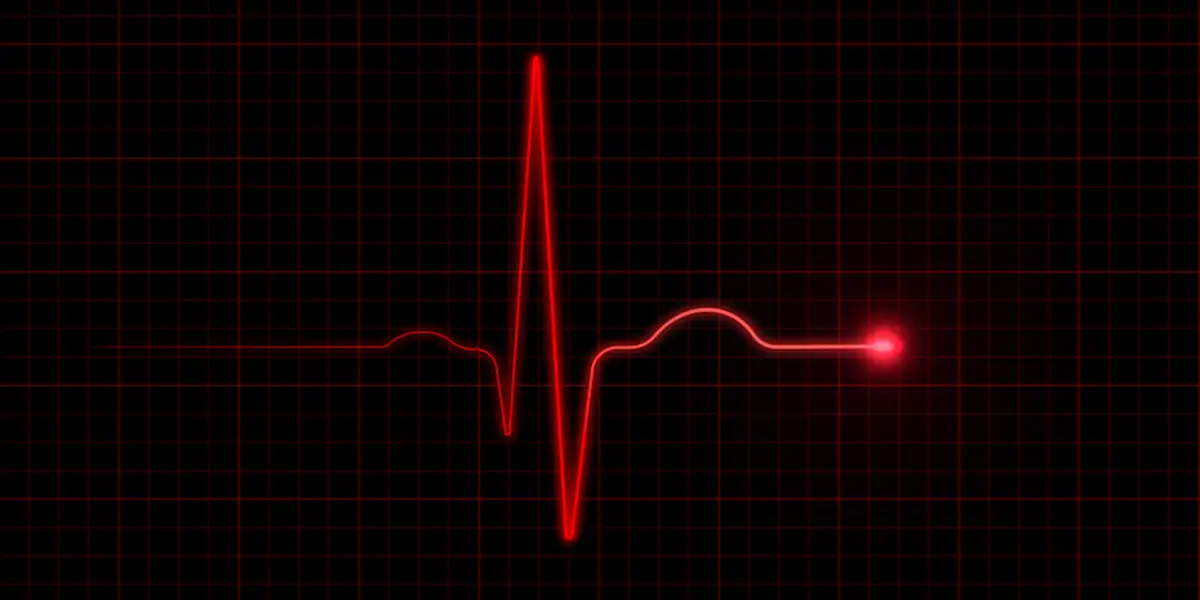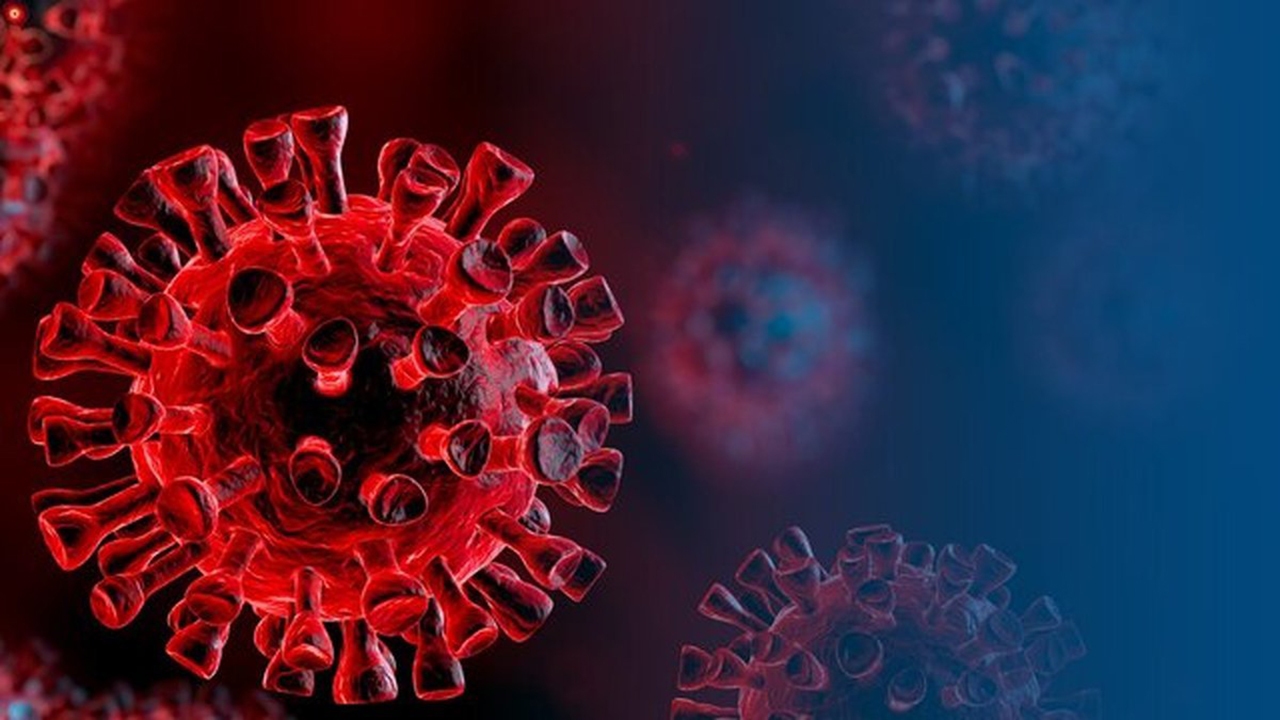
What is diabetes? (Methods of diagnosis and treatment of diabetes)
How does diabetes begin?
When a person's body cannot produce enough insulin or use the produced insulin correctly, that person will get diabetes.
The question may be raised, what is insulin?
Insulin is a hormone that the pancreas produces in the body. This hormone takes sugar from the blood and transports it into the body's cells so that the body can use that sugar as energy. In people with diabetes, either the amount of insulin is low or the insulin does not have enough effect for various reasons and the cells cannot absorb the sugar in the blood properly. As a result, the amount of sugar or glucose in the blood increases and over time this issue causes damage to some organs of the body. Now that we know what diabetes is, it is better to know its types:
Types of diabetes
There are generally two types of diabetes:
Type 1 and Type 2
In type 1 diabetes, which is also called insulin-dependent diabetes and is less common, genetic and environmental reasons are the cause of the disease, which have not yet been fully identified.
People of any age can develop type 1 diabetes, although this type of diabetes is more common in children and young adults.
Type 2 diabetes, also known as non-insulin-dependent diabetes, is the most common type of diabetes in the world, usually caused by the resistance of the body cells to insulin. Type 2 diabetes is more common in adults, but due to excess weight, reduced mobility and improper nutrition, its prevalence is increasing in young people.
Sometimes, diabetes may occur in a special group such as women, which is called gestational diabetes. In gestational diabetes, a pregnant person first experiences an increase in blood sugar. Although the signs and symptoms of gestational diabetes usually disappear after delivery, these women are prone to developing type 2 diabetes in the future.
What is prediabetes?
Before the onset of diabetes, many people have prediabetes. The blood sugar level of these people is higher than normal, but not so much that it is included in the definition of diabetes. Prediabetes is very common, but the good news is that it can be reversed.
The following points are the key points that help us control diabetes and prevent it from turning into diabetes.
Weight loss: even a small weight loss of five to seven percent can have a significant effect.
Regular exercise: One hundred and fifty minutes of exercise per week, such as brisk walking or thirty minutes per day, five days per week
Proper and healthy nutrition
Stress control
How to recognize diabetes
Drinking a lot of fluids and excessive thirst
Gluttony
Frequent urination
Excessive fatigue
Vision problems
Weight Loss
Failure to heal wounds and recurrent infections
It is good to see a doctor if you see these symptoms
But unfortunately, it is not possible to diagnose diabetes based on its symptoms, so the advice of experts is to visit a doctor in the following conditions to diagnose diabetes or pre-diabetes:
If you have the symptoms of diabetes mentioned above.
If you do not have the mentioned symptoms, but you are overweight (at any age)
If you don't have the symptoms listed above, but you have one or more of the diabetes risk criteria described above.
Who gets diabetes?
The presence of one or more of the following symptoms, which are known as risk symptoms in diabetes, increases the probability of developing diabetes in a person:
Sedentary people
History of diabetes in first degree relatives
History of gestational diabetes or high birth weight baby
People who are being treated for high blood pressure
Women with polycystic ovary syndrome
The presence of hemoglobin a/c equal to or greater than 5.7% or impaired glucose tolerance in blood tests or impaired fasting glucose in previous tests
Disruption to diseases associated with insulin resistance such as severe obesity
History of cardiovascular diseases
High blood fat
What foods cause high blood sugar and
Starches: refined grains such as white rice, white flour and white bread, fried potatoes
Vegetables Canned vegetables with a lot of added salt cooked vegetables with a lot of butter, cheese and pickles and salt sauce (if you have a salt restriction)
Fruits: Fruit compote or other canned fruits with sugar, types of pastilles, dried fruits, jams and jellies, types of juices
Proteins: fried meat, fatty parts of meat such as ribs and giblets, sausages, bacon, high-fat cheese, poultry meat with fried fish skin.
Dairy products: full-fat milk, full-fat yogurt, cream, full-fat cheese, full-fat ice cream
Fats and sweets: any food that contains trans fat is high in saturated fat, which is primarily derived from animal products (It is necessary to check the label on food from this point of view). If you have heart problems along with diabetes, you should consult your doctor about this.
Drinks: carbonated drinks, fresh fruit juice or mixed juice drinks, sweet tea, coffee with sugar and coffee mate, energy drinks
Nutrition and diet of diabetics
There is no fixed diet for all people with diabetes, but the food we eat not only plays a role in controlling our diabetes, but also determines how much energy and how we feel during the day.
Here we will introduce some of the main food groups that make up a healthy and balanced diet. Include the main food groups in your diet
The amount of energy we need to eat and drink depends on our age, gender, activity level, and our daily caloric needs.
No single food contains all the essential nutrients for our body, and for this reason, a healthy diet basically means choosing a variety of foods from the main food groups in a day. These groups include proteins such as meat, fish, eggs, legumes and nuts, starchy materials such as bread, pasta and rice, fruits and vegetables, dairy products and fats.
The best foods and edibles for diabetic patients
Starches
Our body needs carbohydrates, but it is better to choose them carefully.
Whole grains such as whole grain rice, oats, quinoa
Grilled sweet potatoes
Foods made of whole grains and no added sugar
Vegetables: fresh vegetables such as spinach, kale, raw or lightly steamed or grilled, frozen steamed vegetables, canned vegetables if they do not have added salt,
Fruits:
Fruits are best consumed fresh, frozen or canned fruits that do not have added sugar, jam without sugar
Protein: plant proteins such as raw dried beans and tofu
Fish and seafood
Chicken or other birds with soft texture like the breast and with less fat and without skin
Egg
Dairy products:
Use low-fat dairy products (If you want to consume high-fat dairy products, it should be very small).
One and a half percent fat milk
Low fat yogurt
Low fat cheese
Fats and sweets:
It is very difficult to resist the consumption of this food category, keep in mind that eating a large amount of it will lead to weight gain and this will make it difficult to control diabetes.
Natural sources of vegetable oils such as sunflower oil seeds
Foods that contain omega-3 fats, such as fish
Grape seed oil, olive oil and canola oil
Beverages: when you drink your favorite beverage, you're probably consuming more calories, sugar, salt, and fat than you think. Be sure to pay attention to the food table on the drink can before consuming it.
Plain unflavored water or sparkling water
Bitter tea maybe with a slice of lemon
Coffee without milk, sugar and sweetener
Treatment of diabetes without drugs: (spices and anti-diabetic herbs)
As we said, the first step in the treatment of type 2 diabetes is to modify the lifestyle by observing some points such as the following
Proper diet and proper nutrition with the doctor's advice
Regular physical activity 150 minutes of moderate intensity exercise per week such as brisk walking
Lose weight
Get enough sleep
Stop smoking
Reduce stress
Diabetes drug treatment (drugs for diabetic patients)
Type 1 diabetes is treated with insulin by injection
In type 2 diabetes, there are different categories of oral or injectable drugs against type 2 diabetes, and each of these categories lowers blood sugar with a different mechanism. The mechanisms of blood sugar reduction by these drugs include
Pancreas stimulation to produce and release more insulin
The ability to produce and release Glucose by the liver
Inhibition of stomach enzymes that are responsible for breaking down carbohydrates in the stomach
Improving the sensitivity of cells to insulin
Inhibition of glucose reabsorption in the kidneys
Adjusting the speed of food passage through the stomach
Each drug class contains one or two drugs, metformin, sitagliptin, and empagliflozin
Please note that the choice of the type of medicine and how to take it must be done by a specialized doctor
It should be noted that the right blood sugar is not the same for all people at all ages and the doctor determines the right blood sugar for the patient based on the patient's condition
Complications of Diabetes
As we mentioned at the beginning, more than half of the people with diabetes are not aware of their disease. Lack of awareness of diabetes and high blood sugar can lead to dangerous complications for patients in the long term due to lack of timely diagnosis and control of blood sugar.
The dangerous complications of diabetes include the following
Kidney disease: the most common cause of kidney disease leading to dialysis or kidney transplant
Vision problems: diabetes can lead to serious vision problems and even blindness
Cardiovascular disease: The most important cause of death in diabetic patients is cardiovascular problems
Peripheral nerve disease: by affecting the peripheral nerves, diabetes causes sensory disturbances and, as a result, causes chronic wounds in the organs. The infection caused by these wounds can lead to amputation
 دومین همایش سراسری آریتمی های قلبی
دومین همایش سراسری آریتمی های قلبی
 مراقبت از زخم و بخیه
مراقبت از زخم و بخیه
 Learn more about the coronavirus
Learn more about the coronavirus
Designed and developed by: Shabakieh group